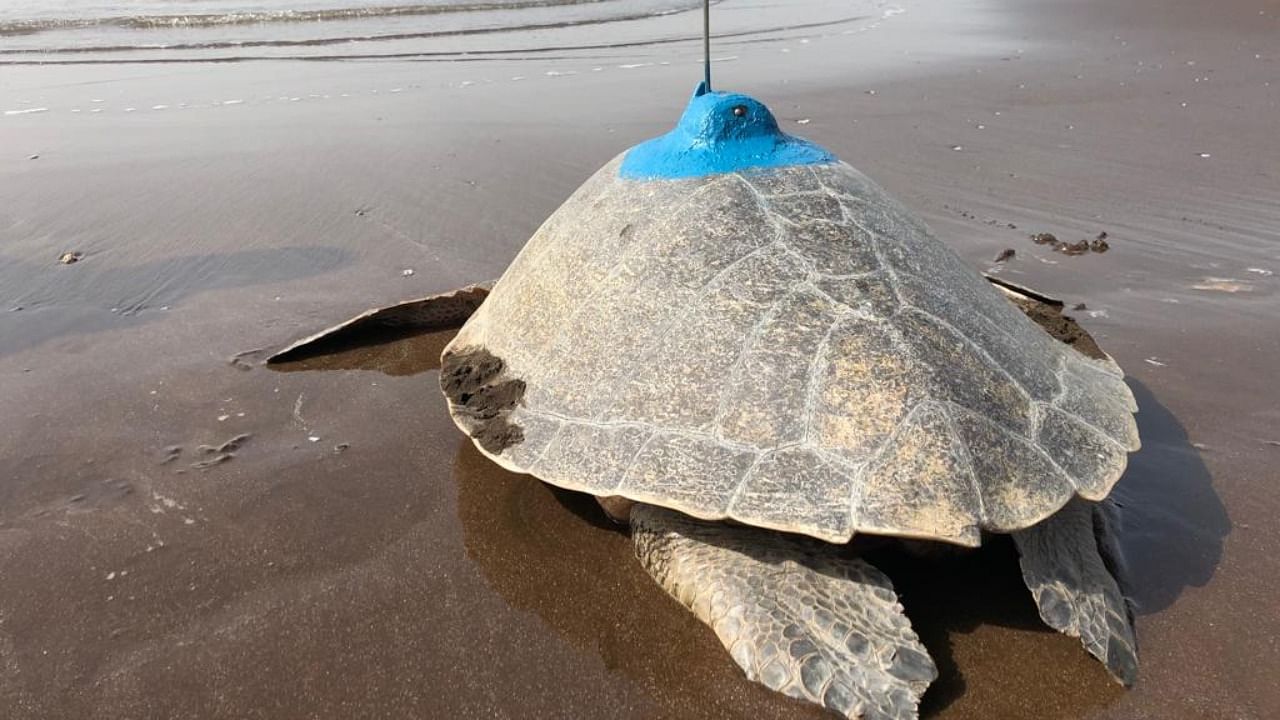
In a first in the western coast of India, a female Olive Ridley turtle was tagged in Velas in Ratnagiri district of Maharashtra on Tuesday.
Till now Olive Ridley Sea Turtles have been tagged only on the east coast of India.
Velas is located in the coastal Konkan belt of the state which has become a hub of conservation of the Olive Ridley turtles.
A total of five Olive Ridley turtles would be tagged and the first one, a female, was released on Tuesday.
The Mangrove Foundation of Maharashtra is among those who played a key role in the project.
“The Mangrove Foundation of Maharashtra has been one of the most active agencies in the past few years. In the last 2 years, we’ve been able to declare and protect more that 11,000 ha mangrove area. I commend the mangrove cell on this successful satellite tagging for further study,” state environment, tourism and protocol minister Aaditya Thackeray said.
A research project 'Tracking the migratory movements of Olive Ridley Sea Turtles off the coast of Maharashtra' has been commissioned by the Mangrove Foundation, Maharashtra Forest Department to the Wildlife Institute of India.
This study will help in understanding the movement pattern of Olive Ridley Sea Turtles off the coast of Western India.
This turtle has been named 'Prathama' as it is the first to be satellite tagged in Maharashtra and for Western Coast of India and also signifies the start of a new era in sea turtle conservation in Maharashtra.
The Mangrove Foundation, Maharashtra Forest Department and WII plan to tag the four more Olive Ridley turtles from different beaches in Raigad, Ratnagiri and Sindhudurg.
The Olive Ridley turtles which visit various coastal areas of Maharashtra every year are 2 to 2.5 feet in size and weigh 36-49 kg.
Their breeding season is from December to February and their life span is around 50 to 100 years.
These turtles are migratory but during the breeding season, the female turtle comes to the shore, digs a 1-1.5 feet deep hole, and lays 100-150 eggs in it. Out of these eggs, only 1% of the hatchlings survive. This means only 1 out of 100 turtles survives.
These turtles are essential for a balanced ocean ecosystem as they keep the sea clean by consuming dead fish and sea grass.
Watch the latest DH videos: